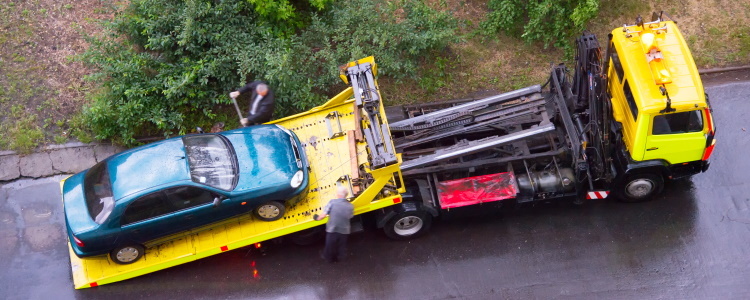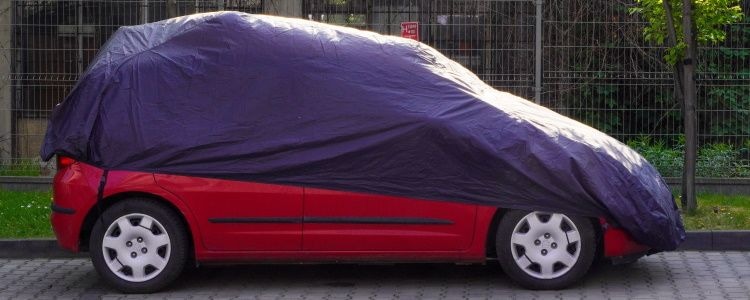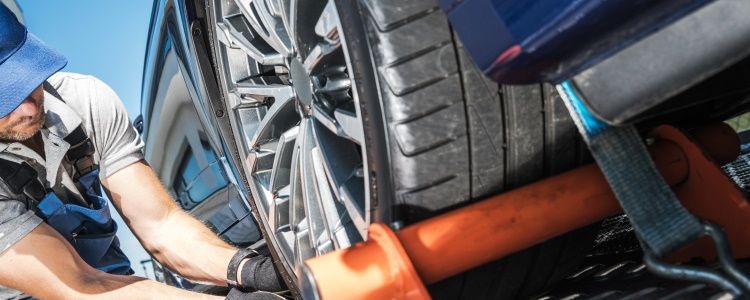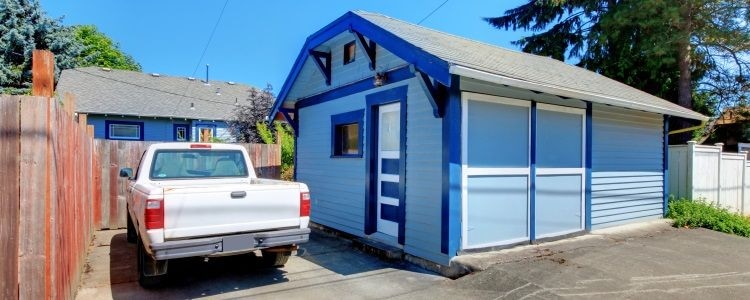The car repossession process can really take a toll on you if your credit is already suffering. Fortunately, there are options for getting a repossessed car back, but they’re time sensitive – so make sure you act fast.
If You Can’t Avoid Repo
To avoid a repo, the best case scenario is to contact your lender at the first sign you may not be able to keep up with payments. Lenders are usually willing to work with borrowers that find themselves in trouble, especially if they have a good payment history. That’s because repossession is expensive, not only for you but the lender as well, so they’d much rather help you than repossess your car.
If it’s too late, and the repossession process has already begun, there are several options, depending on where your vehicle is in the repossession timeline. To know what the best option is, you need to know how repossession of a vehicle works.
The Repossession Process
Once you’ve gotten behind on your auto loan payments, your vehicle can usually be repossessed. Sometimes, all it takes is one missed payment for the process to begin. When a “repo man” comes for your vehicle, they can take it from anywhere, at any time – as long as they don’t “breach the peace.” Examples of breaching the peace include physical force, threats used against you to take the car, and taking it from your closed garage.
Though the process of repossession is basically the same no matter which state you live in, state laws vary. If you find yourself in this situation, it’s a good idea to find out what your state allows. For instance, some states don’t require notification if a lender intends to repo your vehicle, while others do. However, there are some notices that are required in every state – most importantly, the notice of sale.
In general there are three types of notices you may get if you’re facing a repo:
- Acceleration Notice – This informs you that you’ve defaulted on you loan and tells you the entire loan balance is now due in order to avoid repossession. Not all states allow lenders to accelerate a loan without notice. Typically, this is the time to contact your lender to work something out if you haven’t done so.
- Opportunity to Cure – This informs you that, if you wish to avoid a repossession, all past due amounts must be paid by a certain date. Depending on where you live, you may be given this option before or after repossession. At this stage you may be able to get your vehicle back.
- Post-repossession Notice – This generally tells you where and when your vehicle will be sold. After a vehicle is repossessed, it typically goes to auction or is sold privately. Lenders are required to send notice at least 10 days before a sale.
Getting Your Vehicle Back
Generally, you can get your vehicle back either by reinstatement or redemption. To reinstate your loan after repossession, you’ll need to bring your loan current by paying all amounts owed, plus any additional fees such as late payment fees and the cost of the repo. This may not be an option in every case.
To redeem your vehicle, you’ll have to pay the loan balance plus any additional costs such as repossession, reconditioning, storage, and legal fees. This is a much more expensive route to go, but sometimes it’s the only choice if you want to keep your vehicle.
 If your vehicle is being sold at auction, you can bid on it. But, whether you win or lose, you’re still responsible to pay any amount owed that wasn’t covered by the sale of the vehicle, as well as all repossession costs.
If your vehicle is being sold at auction, you can bid on it. But, whether you win or lose, you’re still responsible to pay any amount owed that wasn’t covered by the sale of the vehicle, as well as all repossession costs.
A last option (though not recommended) is to file bankruptcy before the sale. An automatic stay will temporarily prevent the lender from selling the car. Depending on the type of bankruptcy, this could give you time to come up with the money to pay off your car, or clear up any past due amounts through the bankruptcy process. Bankruptcy is a serious matter that deserves much thought. If your only reason to file bankruptcy is to keep your vehicle, you may want to reconsider doing this.
Starting Fresh
Be aware that keeping your vehicle may not always be the answer, or the best option for you. But if you’ve been through a repossession, chances are you’ll need another vehicle at some point. Usually, you’ll have to wait one year after a repo to be eligible for another car loan. Because repossessions take a toll on your credit, and remain on your reports for seven years, you’ll typically need to find a subprime dealer when you’re ready to begin the process of auto financing.
When that time comes, Auto Credit Express is here to help you find the right lender. Since subprime lenders only work indirectly through special finance dealers, it can be difficult to know where to turn. We can point you in the right direction by helping to find a local dealer that has the lending resources to work through challenging credit situations. There’s no cost or obligation, simply fill out our auto loan request form to get started today.
















